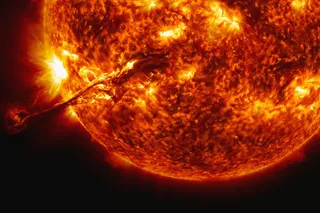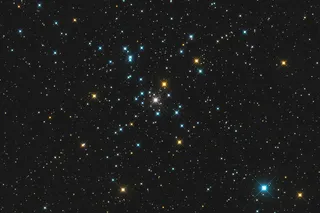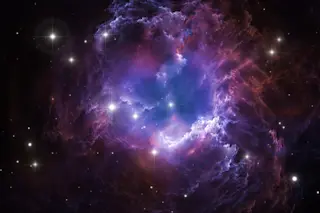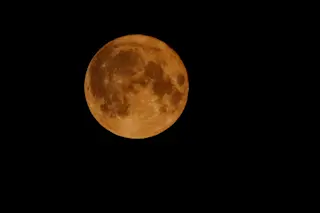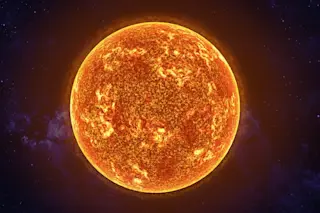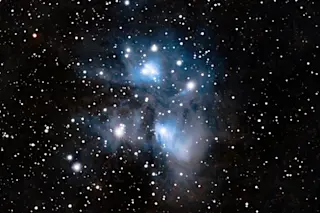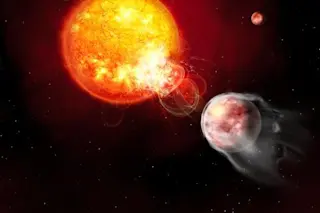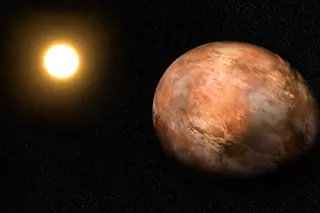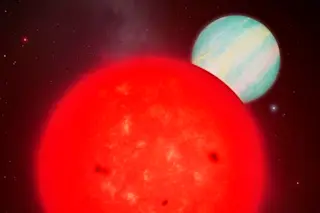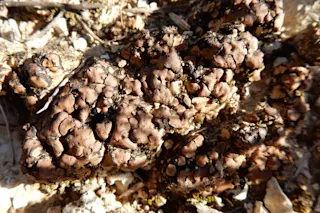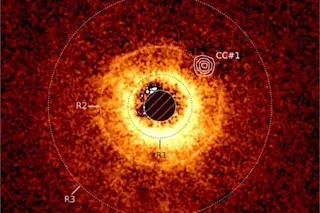Astronomers believe they've found evidence of a massive collision between two planets in a mature solar system, shaking theories that such pileups only occur in young systems where planetary orbits aren't yet stabilized. Says lead researcher Benjamin Zuckerman:
"It's as if Earth and Venus collided with each other.... Astronomers have never seen anything like this before; apparently major, catastrophic, collisions can take place in a fully mature planetary system" [Reuters].
Researchers base their theory on observations of vast clouds of dust and debris in a binary star system 300 light years away in the Aries constellation. Initially, they had a different idea about why the system contains 1 million times more dust that our own solar system: They had
assumed it was a young star, just a few hundred million years old, and the debris was leftovers from planet formation. But earlier this year, another study showed the star was ...


